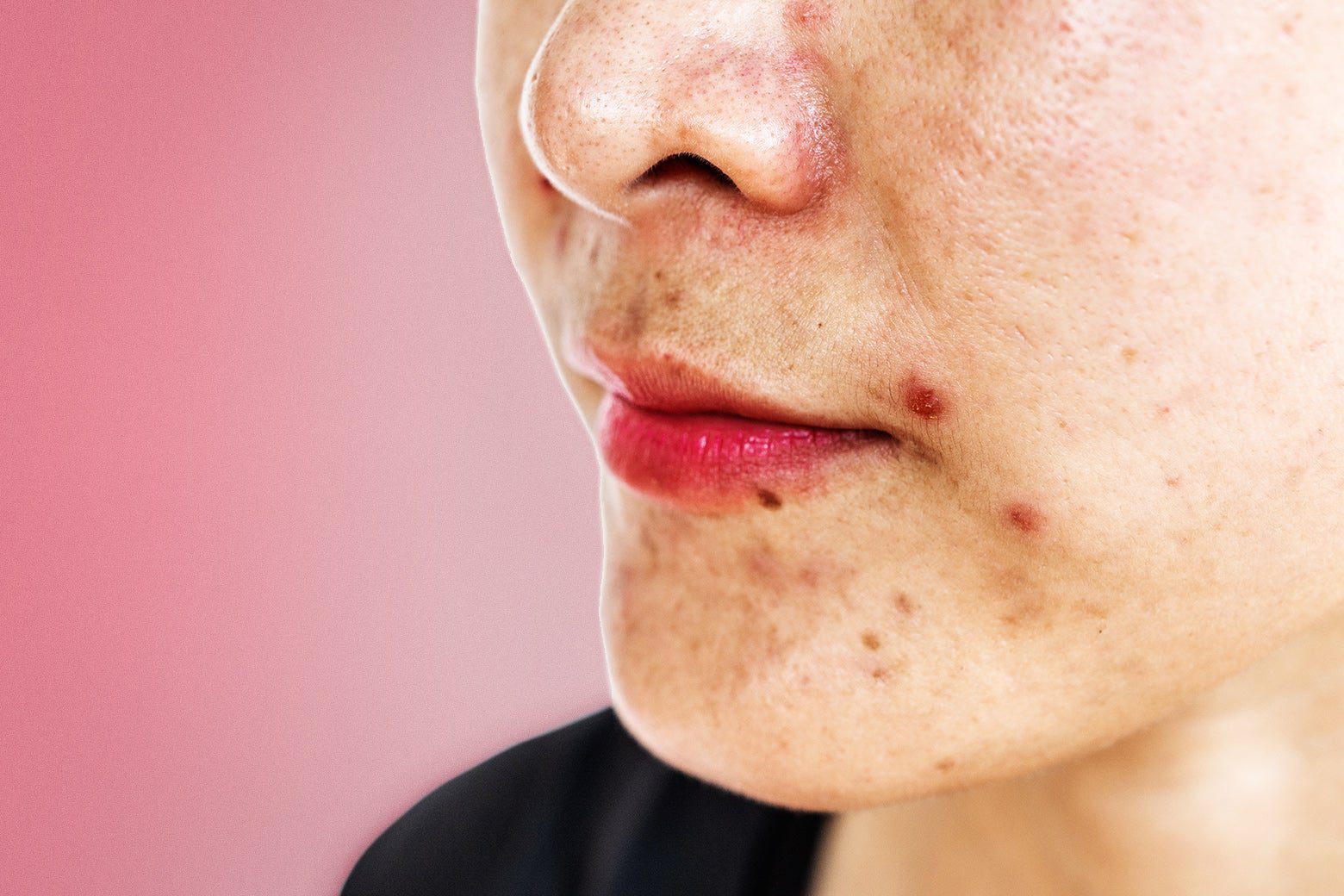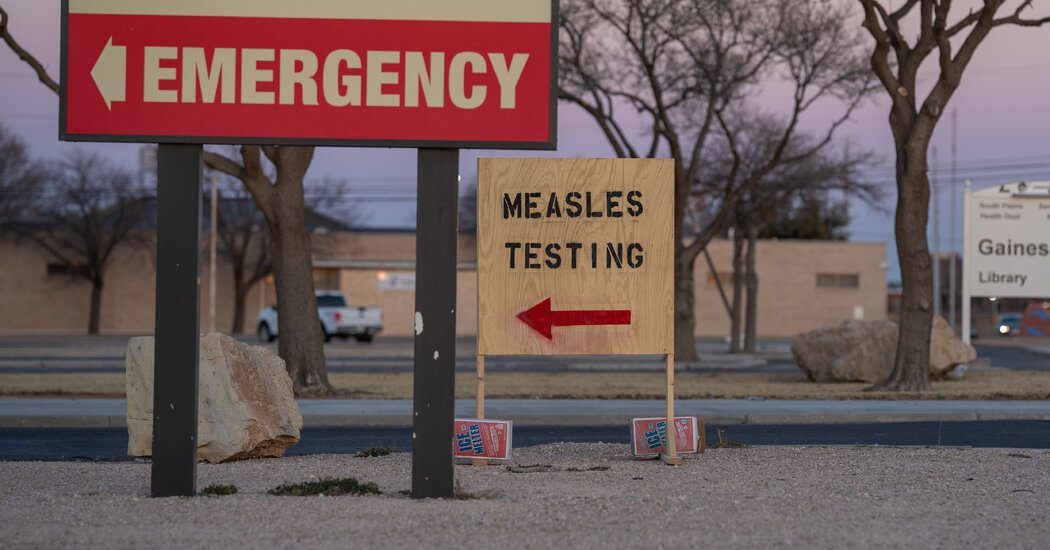
Subscribe to the Slatest for daily insights, thoughtful critiques, and expert advice, delivered straight to your inbox.
My initial experience with acne marked a pivotal point in my journey. At just nine years old, I felt perplexed as I navigated the onset of a condition typically associated with teenagers. That singular blemish quickly evolved into my first full-fledged breakout, leading to years of dermatological visits that yielded little success in clearing my complexion.
During a dermatology appointment, my doctor prescribed antibiotics to combat my persistent acne. The underlying cause was linked to an overabundance of the bacteria Cutibacterium acnes; well-known for its role in acne development. As a solution, we started with topical treatments, which provided initial relief. However, as those became ineffective, we escalated to stronger oral antibiotics. Unfortunately, each approach resulted in only fleeting improvement, with frequent flare-ups returning more aggressively.
By my mid-20s, it became apparent that my acne was not just a vestige of adolescence; it had morphed into a chronic issue. I started to grasp the harsh truth that contemporary skincare solutions might not help me achieve clear skin.
During this period, I embarked on a Ph.D. program in food microbiology, fostering a newfound understanding of microbial dynamics. Naturally, I turned my investigative lens toward my acne and the stubborn bacteria plaguing my skin. Research indicated that individuals with clear skin had similar levels of C. acnes as those suffering from acne. The differences, however, lay at the strain level; acne-afflicted individuals exhibited a broader diversity of C. acnes strains, including more harmful variants.
To my dismay, I discovered a connection between antibiotic resistance and pathogenicity. The resistant C. acnes strains correlated with severe breakouts, explaining the repeated failures of antibiotics. Although these drugs seemed to momentarily manage the bacteria on my skin, they inadvertently allowed more virulent strains to take precedence.
As a graduate student grappling with persistent acne, I initiated a research project focusing on lactic acid bacteria (LAB) for food safety. This inquiry sought to determine how LAB could inhibit the growth of spoilage and harmful bacteria in food settings. This concept, termed “protective culture,” emphasizes collaboration with beneficial microbes to fend off harmful ones. It represents a strategic alliance acknowledging that not all bacteria are detrimental; rather, we can curate an environment that fosters our preferred microorganisms.
Immersed in academic research regarding LAB while facing a particularly frustrating breakout, I became compelled by the notion that clearer skin could be achieved through the targeted integration of beneficial bacteria via probiotics, instead of the broad elimination of microbes through antibiotics.
Believing a surge of harmful C. acnes was the culprit, I hypothesized that replenishing my skin’s microbial flora with probiotic LAB could effectively tackle my acne.
It’s essential to clarify that LAB encompasses a variety of bacteria with shared traits, notably their capacity to produce lactic acid. While not every LAB qualifies as a probiotic, many commonly used probiotics are LAB derived from food. Yogurt, a well-known probiotic food, features LAB such as Streptococcus thermophilus and Lactobacillus bulgaricus, which transform lactose into lactic acid.
In light of yogurt’s established benefits for gut health, I pondered whether its probiotic capabilities could also extend to skincare. Intriguingly, in 1912, Dr. J. Peyri recognized Lactobacillus bulgaricus as the earliest researched topical probiotic for skin conditions.
Inspired by Peyri, I undertook a somewhat unconventional experiment, applying yogurt directly to my face in the name of scientific inquiry.
My technique was straightforward: I smoothed plain yogurt onto my face twice daily for approximately a month. Sticking to plain yogurt, I avoided flavored varieties with added sugars due to the known links between high-glycemic diets and acne. My primary selection criterion was that the label indicated “live cultures,” ensuring a minimum of 10 million LAB cells per gram.
The results were remarkable. For the first time in years, I enjoyed clear skin.
I felt as though I had discovered an innovative solution to my acne struggles. Eager to discuss my findings with my sister-in-law, who shares my passion for STEM, I anticipated a lively conversation. To my surprise, she gently reminded me that yogurt masks have long been a well-known remedy in India, revealing that my “breakthrough” was simply a reflection of traditional wisdom.
Numerous resources highlight yogurt’s advantages for skincare, showcasing its benefits ranging from gentle exfoliation properties to its probiotic qualities. Research supports these assertions, indicating that probiotics like Lactobacillus can assist with acne by producing antimicrobial compounds that inhibit C. acnes and mitigate inflammation. A clinical investigation from Srinakharinwirot University’s Medical School revealed that a probiotic lotion made from Lactobacillus reduced both C. acnes levels and inflammatory lesions in patients with mild to moderate acne, with effects sustained for up to four weeks.
In essence, I wasn’t creating a revolutionary concept; rather, I was contributing to an existing narrative. Intriguingly, years of dermatological interventions and expensive products didn’t yield results as effective as a simple $3 tub of yogurt could offer in just weeks.
Much like the initial pimple that left a lasting impression on my younger self, my twenties can be divided into two distinct phases: pre-yogurt face and post-yogurt face. Even now, I continue to apply yogurt weekly for maintenance rather than my previous daily regimen.
With my acne finally under control, I find my curiosity shifting. Now in my 30s, I’m increasingly interested in the potential anti-aging benefits of probiotics on skin health.
This journey has culminated in my earning a Ph.D. in food microbiology, significantly impacting the scientist I’ve become. It ignited my passion for emerging fields poised to influence the future of medical science: food as medicine and microbiome therapies.
Both of these are evolving beyond conventional biopharmaceutical frameworks. Their convergence—where scientific inquiry intersects with individual experience and where food meets medicine—has revealed my true calling.
What started as a lesson in food microbiology ultimately liberated me from the painful cycle of acne I endured for so long, sparking my ongoing interest in leveraging microbial science to enhance health.










